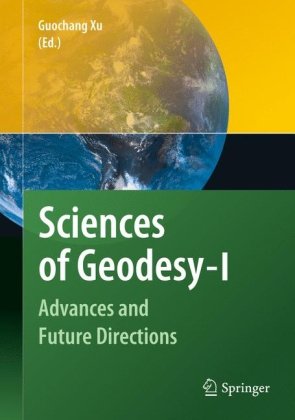

Most ebook files are in PDF format, so you can easily read them using various software such as Foxit Reader or directly on the Google Chrome browser.
Some ebook files are released by publishers in other formats such as .awz, .mobi, .epub, .fb2, etc. You may need to install specific software to read these formats on mobile/PC, such as Calibre.
Please read the tutorial at this link: https://ebookbell.com/faq
We offer FREE conversion to the popular formats you request; however, this may take some time. Therefore, right after payment, please email us, and we will try to provide the service as quickly as possible.
For some exceptional file formats or broken links (if any), please refrain from opening any disputes. Instead, email us first, and we will try to assist within a maximum of 6 hours.
EbookBell Team

0.0
0 reviewsThis series of reference books describes sciences of different elds in and around geodesy with independent chapters. Each chapter covers an individual eld and describes the history, theory, objective, technology, development, highlights of research and applications. In addition, problems as well as future directions are discussed. The subjects of this reference book include Absolute and Relative Gravimetry, Adaptively Robust Kalman Filters with Applications in Navigation, Airborne Gravity Field Determination, Analytic Orbit Theory, Deformation and Tectonics, Earth Rotation, Equivalence of GPS Algorithms and its Inference, Marine Geodesy, Satellite Laser Ranging, Superconducting Gravimetry and Synthetic Aperture Radar Interferometry. These are individual subjects in and around geodesy and are for the rst time combined in a unique book which may be used for teaching or for learning basic principles of many subjects related to geodesy. The material is suitable to provide a general overview of geodetic sciences for high-level geodetic researchers, educators as well as engineers and students. Some of the chapters are written to ll literature blanks of the related areas. Most chapters are written by well-known scientists throughout the world in the related areas. The chapters are ordered by their titles. Summaries of the individual chapters and introductions of their authors and co-authors are as follows. Chapter 1 “Absolute and Relative Gravimetry” provides an overview of the gravimetric methods to determine most accurately the gravity acceleration at given locations.